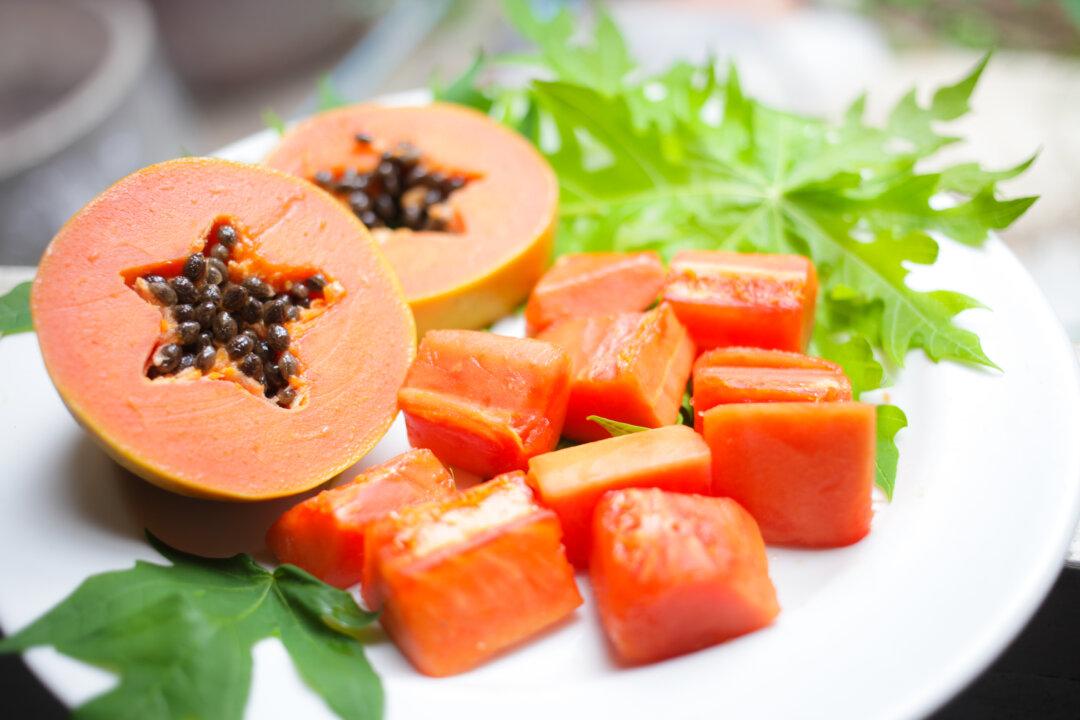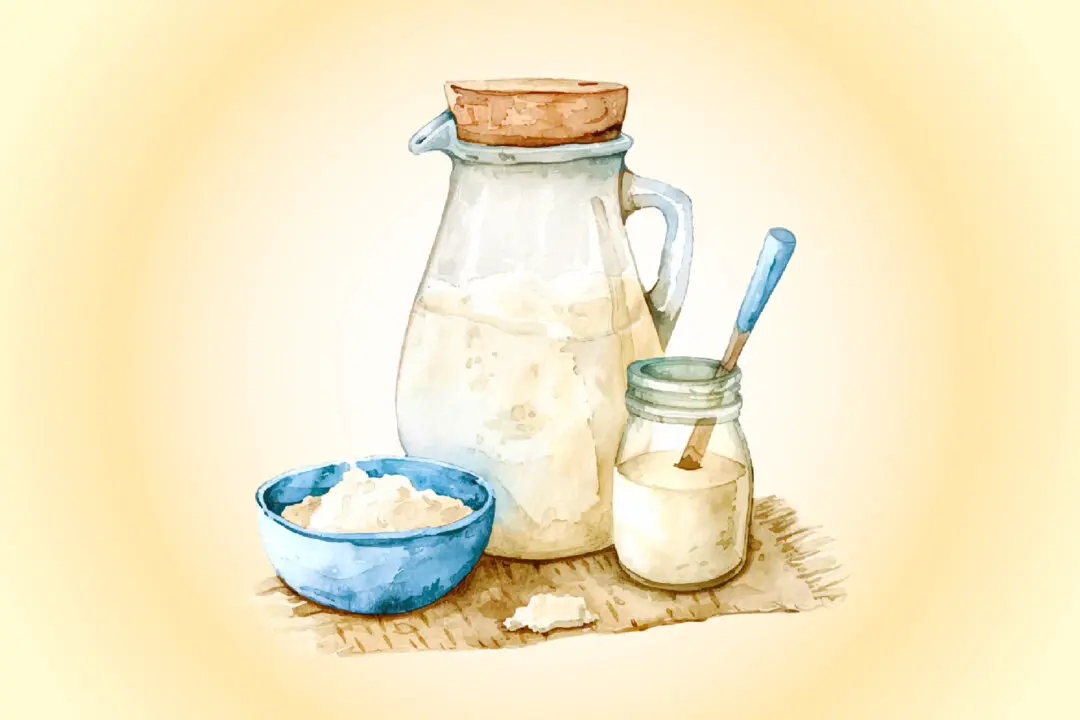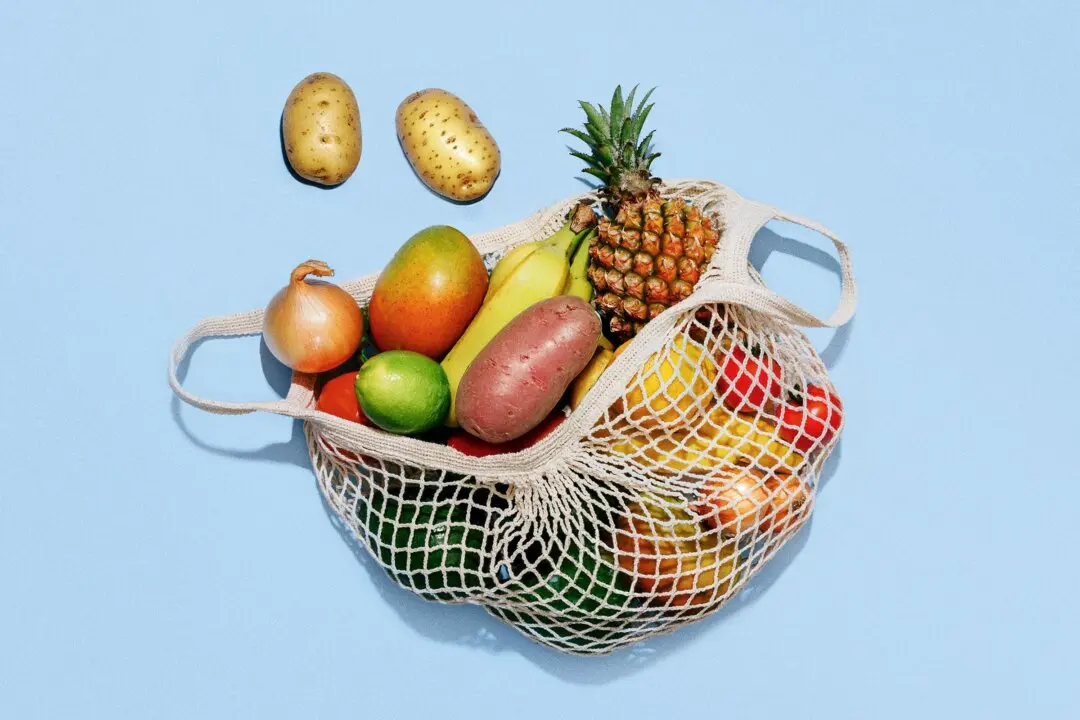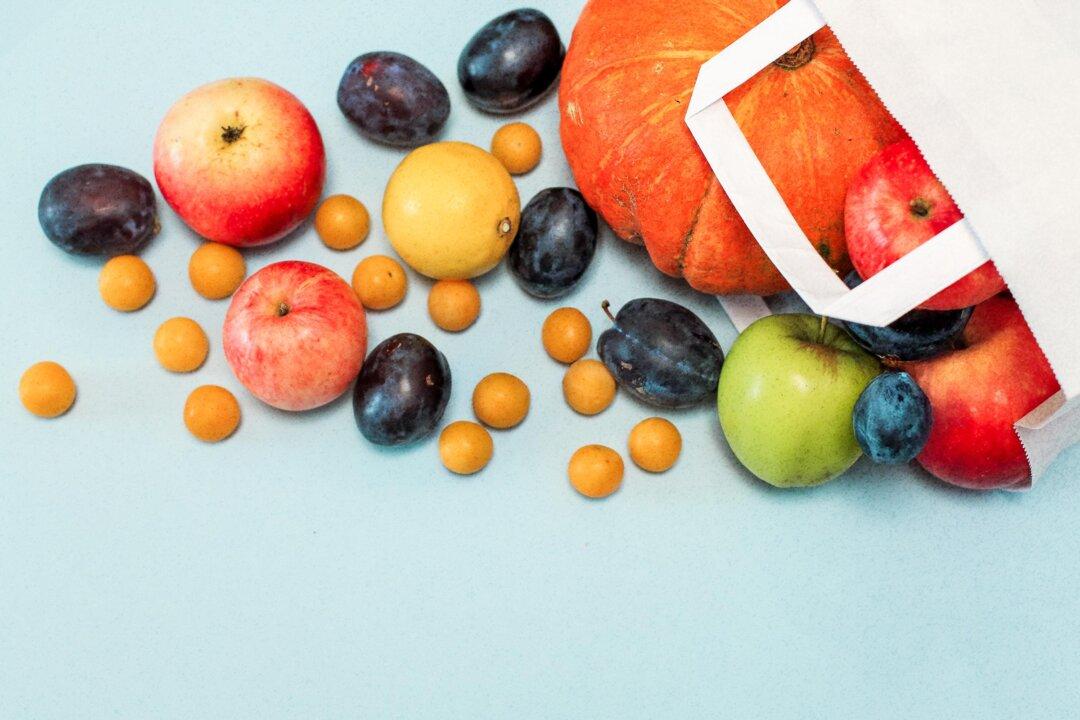When my children were little, we lived in the mountains of Costa Rica. Papayas, mangoes, and bananas grew in the wild, and we could walk outside and eat them off the nearest tree. The people there used local plants to remedy common conditions and were always happy to share their knowledge with a new mother hungry for their wisdom.
Learning about Chinese herbs and the healing power of food in school was one thing, but putting it into practice in one of the most biodiverse places on Earth was quite another. It was a dream come true. I went for many walks with a local medicine man who showed me the healing properties of every plant, tree, fruit, and berry. I discovered that Costa Rica is a place where people have a deep reverence for nature; they cherish and nurture it. In return, it feeds and supports them. Nature isn’t something people “visit” on the weekends; it’s intrinsic to their life. And having an intimate knowledge of the natural world around you isn’t just healthy; it can be a matter of life and death.






